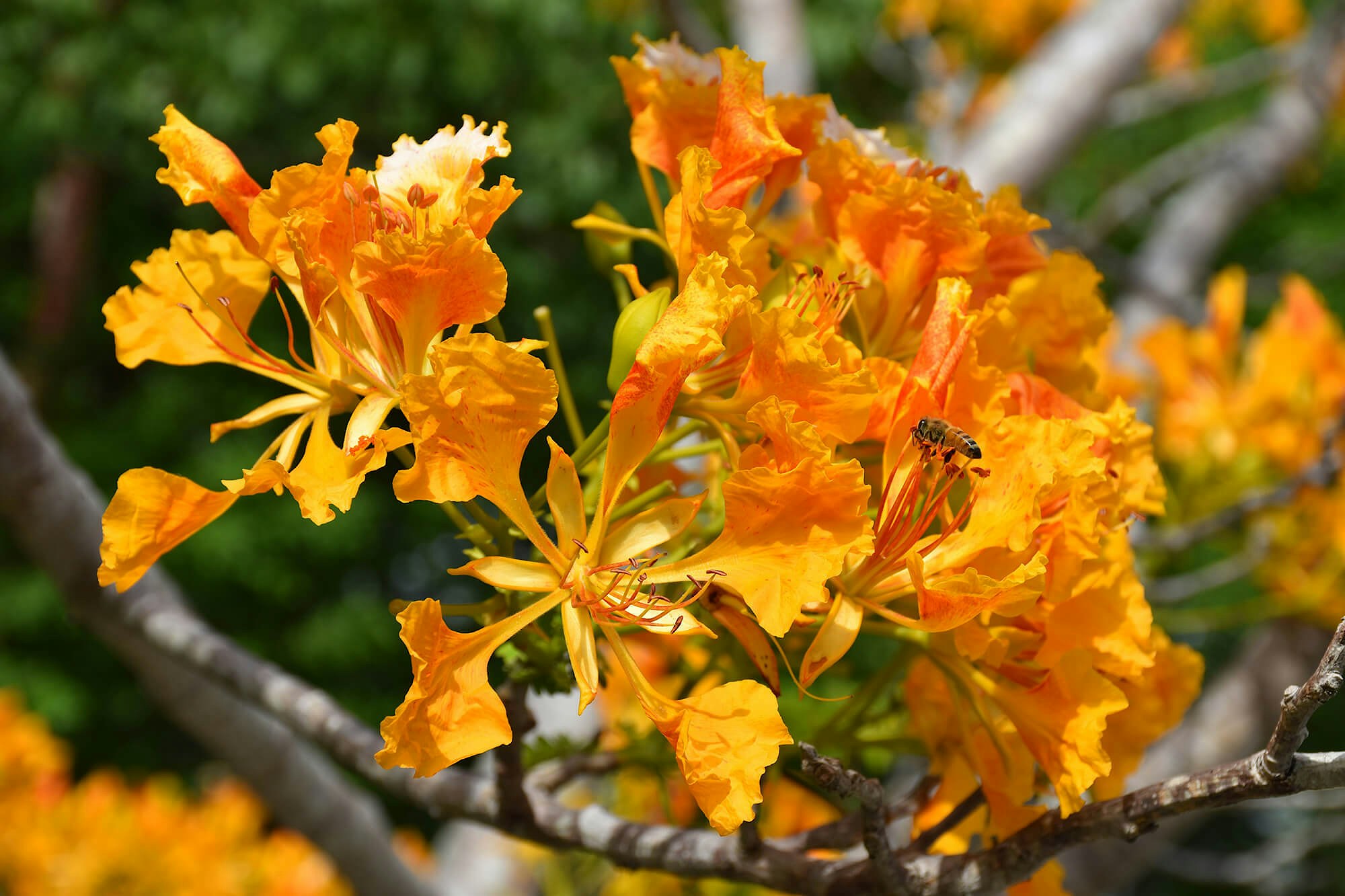
Cayman's Flora and Fauna
A brief description of Cayman's unique plants and animals.


Cayman is world-renowned for its marine life, but there is much to see on land as well. Over 650 different species of plants have been recorded and the forests are far more diverse than those found in more temperate northerly latitudes.
Two of the best places to see the flora and fauna of Grand Cayman are the Botanic Park and the Mastic Trail.
Cayman Brac and Little Cayman are also particularly popular with bird watchers. Little Cayman has a major breeding ground for a species of cormorant called the red-footed booby. The colourful native parrot can be heard chattering in almond trees on all three islands, especially at sunset. Frogs, lizards and green iguanas are common around houses, especially those backing onto the bush. Bats can be seen at night (and are completely harmless). Large, edible land crabs crawl across roads after heavy rains. Agouti (known locally as rabbit) are shy and rarely seen. Fresh water ponds attract migrating birds and are filled with hicatee (a species of aquatic tortoise) and tiny minnows.
About half of Cayman is swamp, so there are large areas of mangrove wilderness. The mangroves are an important breeding ground for fish and birds and their protection is a major project of the National Trust for the Cayman Islands.
The Queen Elizabeth II Botanic Park, opened in 1994, is dedicated to preserving local flora and fauna. Notable features include the Blue Iguana Conservation Facility, Heritage House & Garden, Woodland Trail, Lake & Wetlands, Colour Garden, and the Children’s Garden inaugurated by King Charles in 2019. The park offers diverse attractions, from traditional Caymanian life to interactive spaces for families, contributing to conservation efforts, particularly for the endangered Blue Iguana.
Fun Blue Iguana Fact
Caymanian Blue Iguanas are pollinators. In their native habitat, they eat a variety of leafy plants and fruits and they play an important role in the ecosystem just by dispersing seeds when they poop. They also bobble their heads when they get excited!










